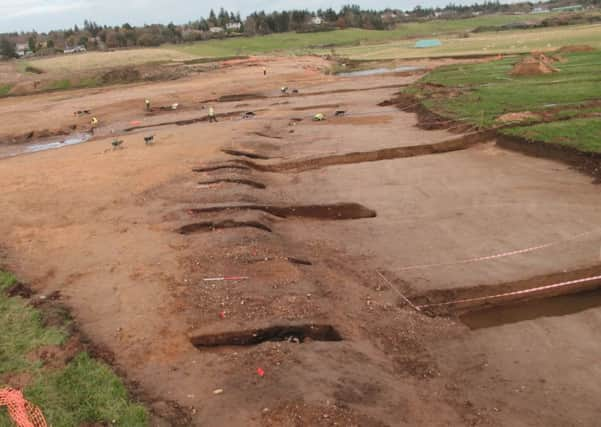Amazing book of finds on the site of the AWPR


The book, a summary of the discoveries called Highway Through History, provides information on land use and settlement in the north east over the past 15,000 years, including Roman bread ovens, prehistoric roundhouses and a cremation complex.
Michael Matheson, Cabinet Secretary for Transport, Infrastructure and Connectivity, said: “The sites identified along the route are truly remarkable but would have remained undiscovered had the new bypass not been built. This underlines the importance of the value we place on meeting our environmental obligations as we plan and construct new infrastructure. This book, which provides valuable details on the archaeological finds, will be essential reading for everyone who has an interest in the North-East’s history.”
Advertisement
Hide AdAdvertisement
Hide AdBruce Mann, Archaeologist for the council, explained: “This book provides more details on our fascinating discoveries from the archaeological works carried out on the AWPR site. For instance, a very unexpected discovery was the presence of Roman activity at Milltimber, likely dating from around 83/84 AD. Ninety bread ovens were uncovered, which were probably constructed by the Roman army at a time of invasion led by the Roman General Agricola. However, no evidence of an associated camp was found, which is unusual for these types of features. We can only speculate as to why the ovens were in this location.
“Going back to the very earliest finds, there was also evidence of stone tool production dating between about 13,000 and 10,000 BC at Milltimber, a near unprecedented body of evidence which pushes back our understanding of human activity in north east Scotland by several thousand years.”
Bruce continued:“Bronze Age activity was identified from Nether Beanshill in the form of a roundhouse and contemporary cremation complex dating from around 1,600 to 1,250 BC. The burial comprised of an urn in which the cremated remains of an individual in their 20s had been placed. This urn was placed in a pit which was then marked by a horseshoe-shaped arrangement of timber posts. Two other similar burials were also uncovered.”